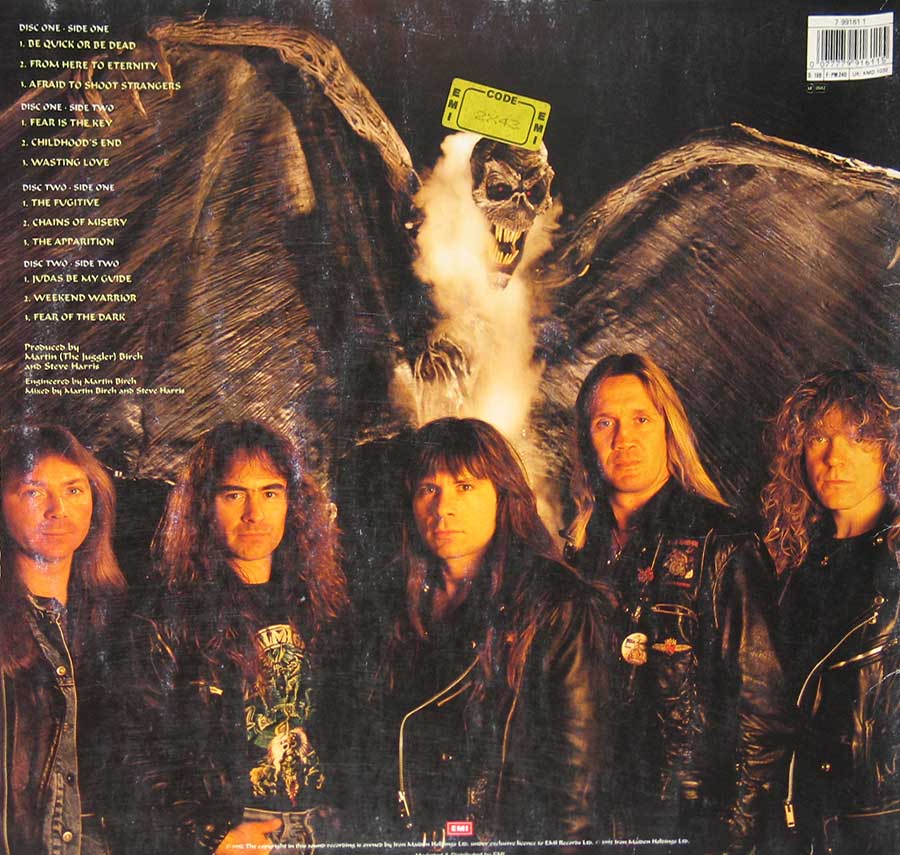Album Description:
Iron Maiden’s “Fear of the Dark” hits as a bold turning point — a band refusing to fade while the early ’90s music scene tried to rewrite the rules. Released on 11 May 1992, the album anchors itself in classic Maiden energy while leaning into experimentation born from a shifting metal landscape.
The early ’90s weren’t kind to traditional heavy metal. Grunge and alternative rock were pulling the spotlight elsewhere, and long-standing giants had to adapt fast. Maiden responded with grit rather than retreat, framing this record as a statement of defiance and artistic survival.
Musically, the album widens its palette. It blends heavy metal foundations with touches of hard rock and subtle progressive elements. Tracks like “Be Quick or Be Dead” attack at full speed, while “Fear of the Dark” shifts between eerie atmosphere and stadium-sized choruses, showing the band’s comfort in both darkness and grandeur.
As a genre piece, the album stays true to heavy metal’s emotional DNA: introspection, rebellion, and unease. Its themes orbit fear, mortality, and the human condition, wrapped in galloping rhythms, sharp riffs, and melodic tension.
The album wasn’t free of controversy. Adrian Smith’s departure left fans nervous, and Janick Gers’ arrival reshaped the band’s chemistry. His energetic style sparked debate — evolution for some, disruption for others — fueling the album’s polarized reception.
Production duties fell to longtime collaborator Martin Birch, whose steady hand had shaped Maiden’s sound for a decade. Working alongside bassist and chief songwriter Steve Harris, Birch kept the album polished, tight, and unmistakably Maiden.
Recording took place at Barnyard Studios in Essex, where the band found space to experiment without losing momentum. Birch also engineered the sessions, applying his signature clarity and precision to keep the album’s layered sound powerful and focused.



